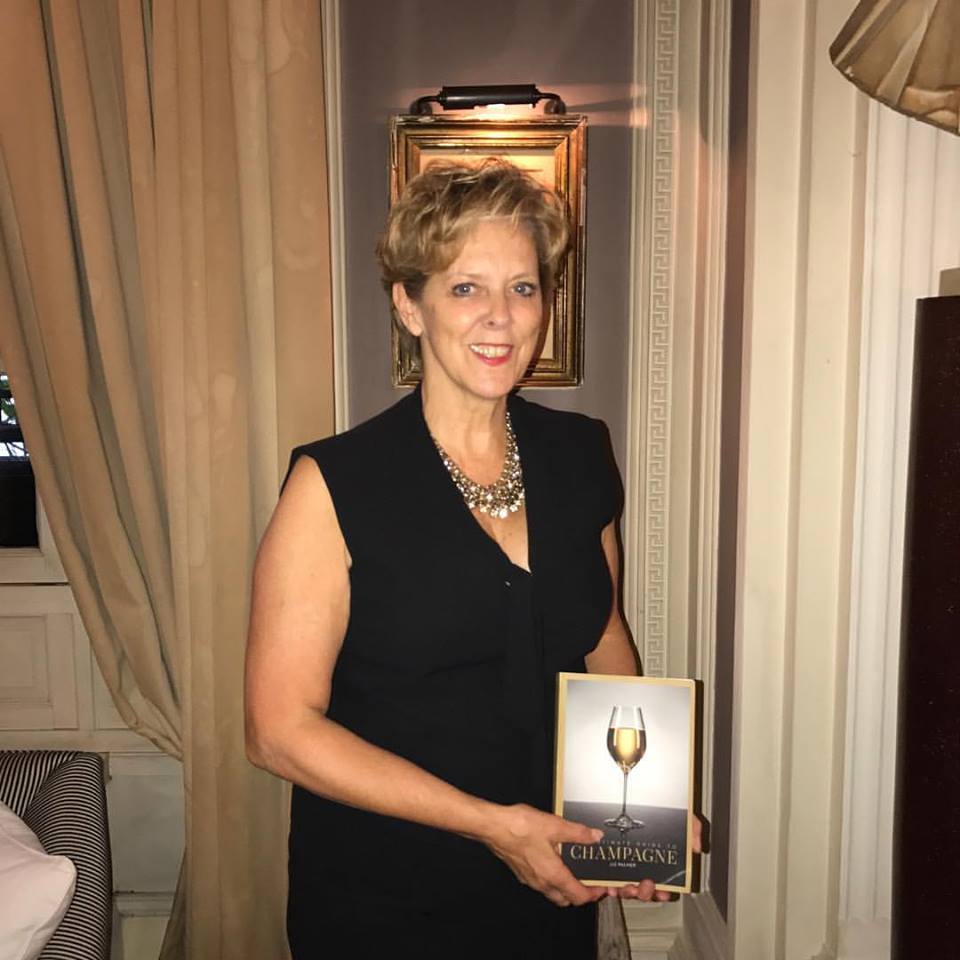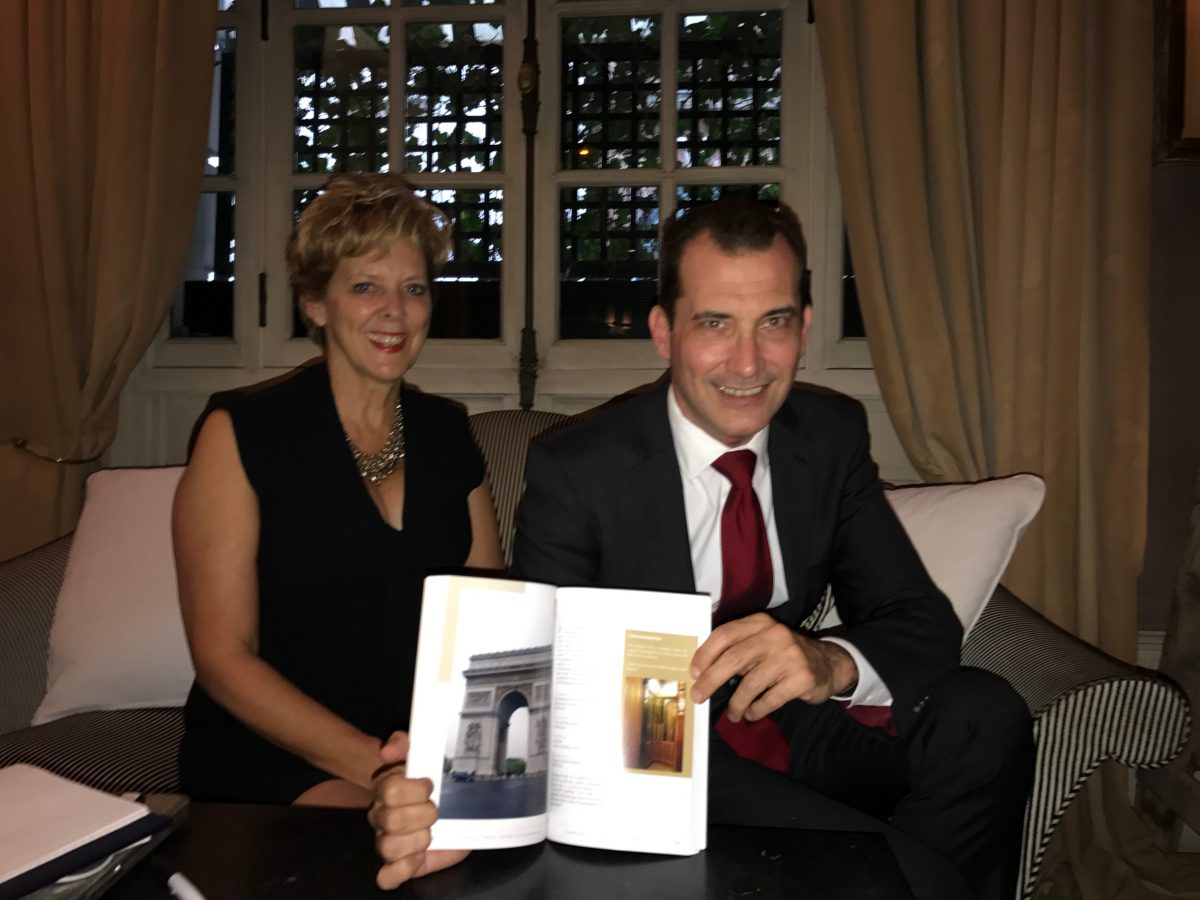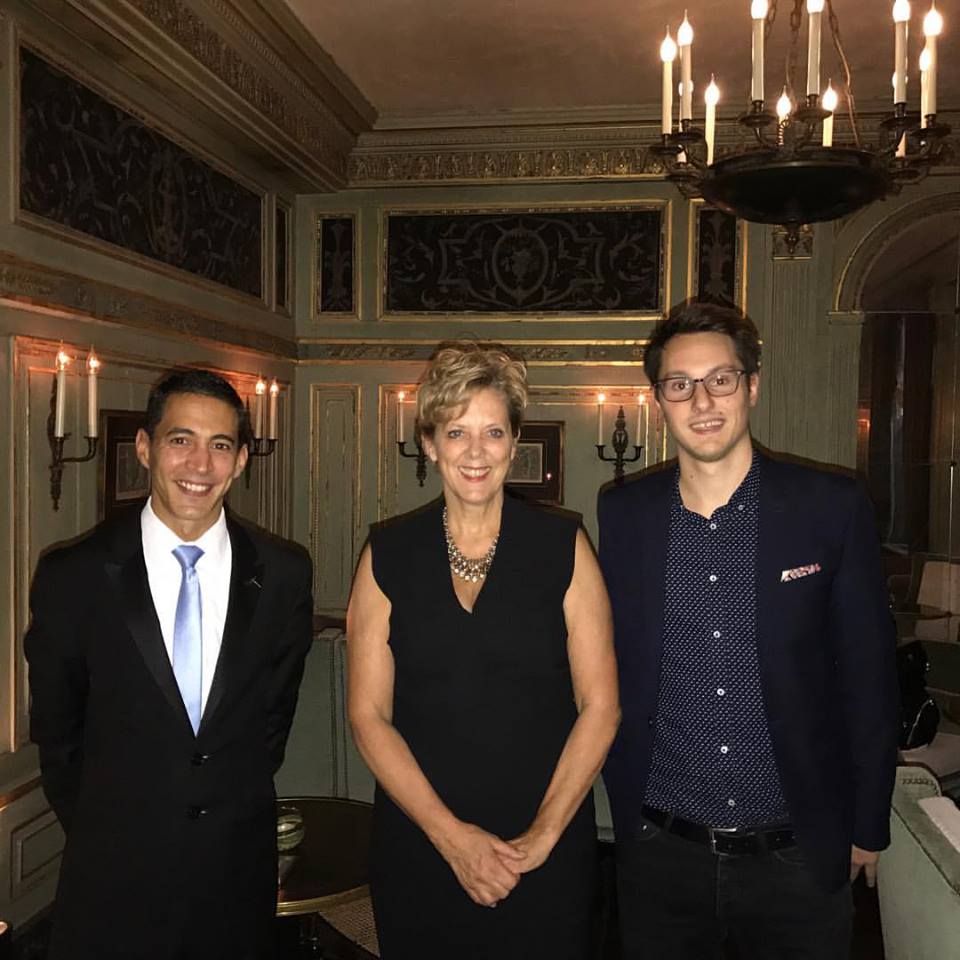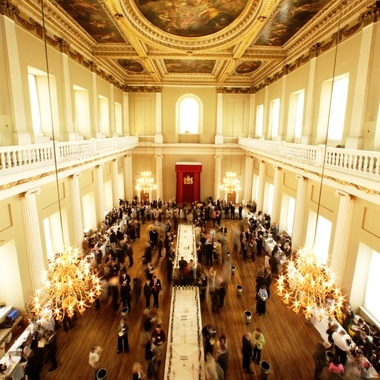 “The Ultimate Guide To Champagne” was revealed and launched to a select group of industry people in Paris last week.
“The Ultimate Guide To Champagne” was revealed and launched to a select group of industry people in Paris last week.
The event was held at Le Dokhan’s, Paris – which is Parisian Institution. This classic 18th century hotel features an elevator which is upholstered in vintage canvas from Louis Vuitton trunks; the Salon Cheminée, was a wonderful gathering space and was adorned with original engravings by Picasso and Matisse. How could it be so perfect! Moving over to the Champagne Bar, it should be noted that, Bar Le Dokhan’s was the first Champagne bar in Paris to serve Champagne exclusively (this was mentioned in “The Ultimate Guide To Champagne”. With an extensive champagne list, Bar Le Dokhan’s currently offers 200 varieties of premium Champagne.
In attendance at the launch was Fabrice Martin, General Manager of Le Dokhan’s Hotel, Nicolas Manfredini, Co-fondateur Hachetag Agency, Paris and Matthias Breton, Head Sommelier. They highly praised how beautiful the book looked and the extensive knowledge inside. Thumbing through chapters, sipping grower champagne, Liz Palmer gave a brief history of how the book came about and the chapter outlines.
About the book:
There is much more to champagne than the drink – Champagne is named after the region where it is grown, fermented and bottled. This essential guide takes you to this region, explores its culture and honours its history.
Unlike any other book about Champagne, The Ultimate Guide To Champagne is the most comprehensive and visually stunning guide you’ll ever come across – in these pages you’ll discover:
Over 220 Engaging Photos, Maps, Detailed Charts, and Historical Anecdotes
How to Explore the Region
Grape Varieties and Styles
Grand Marques / Growers and Cooperatives, The Annual Viticulture Cycle, Harvest and Production, Champagne and Food Pairing Guides
How to Cook with Champagne
Recipes from Champagne Families
How to Taste and Identify Flavors
How to describe and Rate Champagne
How to Shop, Store and Serve
Champagne Etiquette & Style
Tips for Weddings
International Champagne Bars
The Economics of Champagne
Health Benefits
Science Facts
Extensive Glossaries
and much more…
The Ultimate Guide To Champagne is highly recommended for everyone, from beginners to experts. It’s a remarkable point of reference into which any wine lover or professional can dip in and browse.
The Champagne Bible for ALL wine lovers.
So pop open your favorite Champagne, pour yourself a glass, and start reading The Ultimate Guide To Champagne!
One of North America’s leading experts on Champagne, Liz Palmer wrote The Ultimate Guide To Champagne with a strong personal passion for Champagne and the region.
Amazon Books : https://www.amazon.com/Ultimate-Guide-Champagne-Liz-Palmer/dp/0991894634






